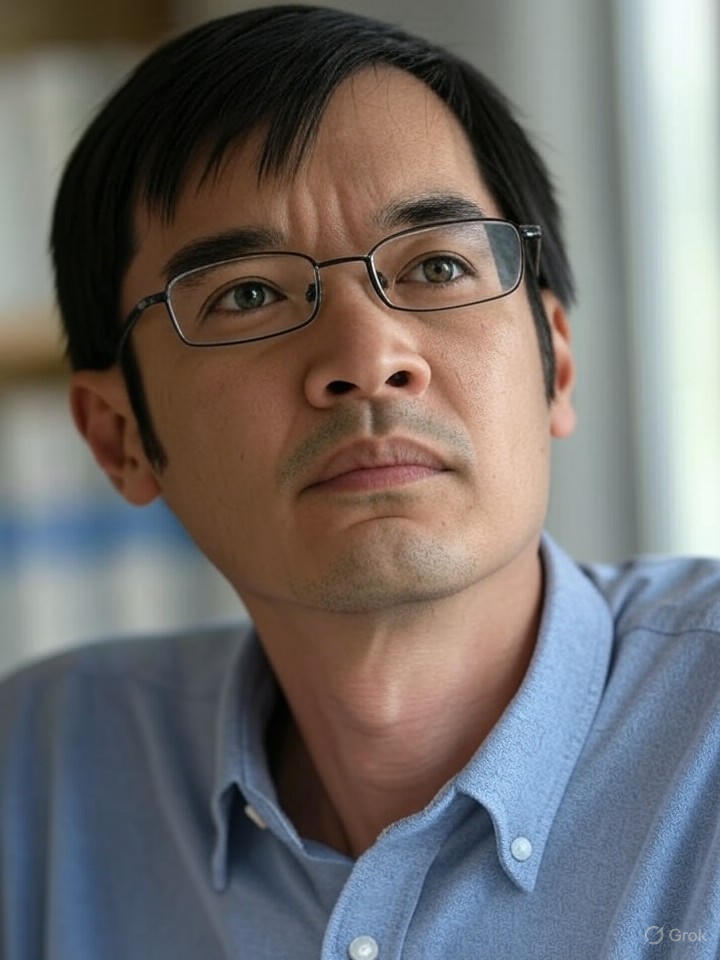Science
Terence Tao Expands Green-Tao Theorem to Polynomials, Paving New Paths

Renowned mathematician Terence Tao has made a significant advancement in the field of mathematics by extending the Green-Tao theorem to polynomials. This breakthrough, announced on his Mathstodon account, addresses a long-standing conjecture regarding multidimensional arithmetic progressions within dense sets. Tao’s proof, which involves a novel combination of ergodic theory and probabilistic methods, reveals that arbitrarily long polynomial progressions can be found in sufficiently dense subsets of integers.
The implications of this discovery are profound, particularly in the realm of prime number distributions. By refining earlier results, Tao’s work also fills gaps left by previous research on the Hardy-Littlewood conjectures, potentially influencing various fields, including cryptography and quantum computing.
Unpacking the Breakthrough: How Tao’s Findings Reshape Number Theory
At institutions like UCLA, where Tao holds the prestigious James and Carol Collins Chair, his results have been described as transformative. An analysis published in Quanta Magazine emphasizes that Tao has introduced a “finitary” version of the problem, making it more accessible for computational verification. This approach has sparked collaborations with computer scientists eager to simulate polynomial patterns in large datasets.
As mathematical research evolves, the timing of Tao’s findings is particularly noteworthy. In an era where AI tools are increasingly utilized in mathematics, his human-derived insights underscore the importance of deep conceptual understanding over mere pattern recognition. A detailed post on his personal blog elaborates on the obstacles he faced, including challenges related to ultraproduct constructions that had previously hindered progress.
Broader Implications: From Cryptography to Education
The potential applications of Tao’s work extend far beyond theoretical mathematics. In the field of cryptography, where the unpredictability of prime numbers is crucial for secure systems, his polynomial patterns could enhance algorithms used for factoring large integers. A commentary in Nature highlights these advancements, suggesting they could have significant implications for financial modeling as well, offering tools for predicting market behaviors modeled as polynomial sequences.
Tao has consistently acknowledged the collaborative nature of such breakthroughs. He credits discussions with colleagues like Ben Green as essential to his research. Recent coverage in The Times of India showcases Tao’s skepticism regarding AI’s role in math competitions, contrasting his rigorous approach with machine-generated solutions.
Validation of Tao’s proof is currently in progress, with preprints circulating on the arXiv platform. Experts anticipate that this achievement may earn him further accolades, adding to his honors, which include the 2006 Fields Medal and the 2014 Breakthrough Prize.
As educators adapt curricula to incorporate these new concepts, a shift in how number theory is taught appears imminent. An anonymous peer reviewer recently noted that Tao’s work “bridges analytic and combinatorial worlds in unprecedented ways,” potentially inspiring a new generation of mathematicians to tackle unresolved problems, such as the Riemann Hypothesis.
With ongoing refinements being shared on his UCLA page, the full impact of Tao’s discovery is just beginning to unfold, reaffirming the power of human ingenuity in mathematics amidst a landscape increasingly influenced by algorithms.
-

 Lifestyle2 months ago
Lifestyle2 months agoLibraries Challenge Rising E-Book Costs Amid Growing Demand
-

 Sports2 months ago
Sports2 months agoTyreek Hill Responds to Tua Tagovailoa’s Comments on Team Dynamics
-

 Sports2 months ago
Sports2 months agoLiverpool Secures Agreement to Sign Young Striker Will Wright
-

 Lifestyle2 months ago
Lifestyle2 months agoSave Your Split Tomatoes: Expert Tips for Gardeners
-

 Lifestyle2 months ago
Lifestyle2 months agoPrincess Beatrice’s Daughter Athena Joins Siblings at London Parade
-

 World2 months ago
World2 months agoWinter Storms Lash New South Wales with Snow, Flood Risks
-

 Science2 months ago
Science2 months agoTrump Administration Moves to Repeal Key Climate Regulation
-

 Business2 months ago
Business2 months agoSoFi Technologies Shares Slip 2% Following Insider Stock Sale
-

 Science2 months ago
Science2 months agoNew Tool Reveals Link Between Horse Coat Condition and Parasites
-

 Science4 weeks ago
Science4 weeks agoSan Francisco Hosts Unique Contest to Identify “Performative Males”
-

 Science2 months ago
Science2 months agoNew Study Confirms Humans Transported Stonehenge Bluestones
-

 Science2 months ago
Science2 months agoTom Lehrer, Pioneering Satirist and Musician, Dies at 97









